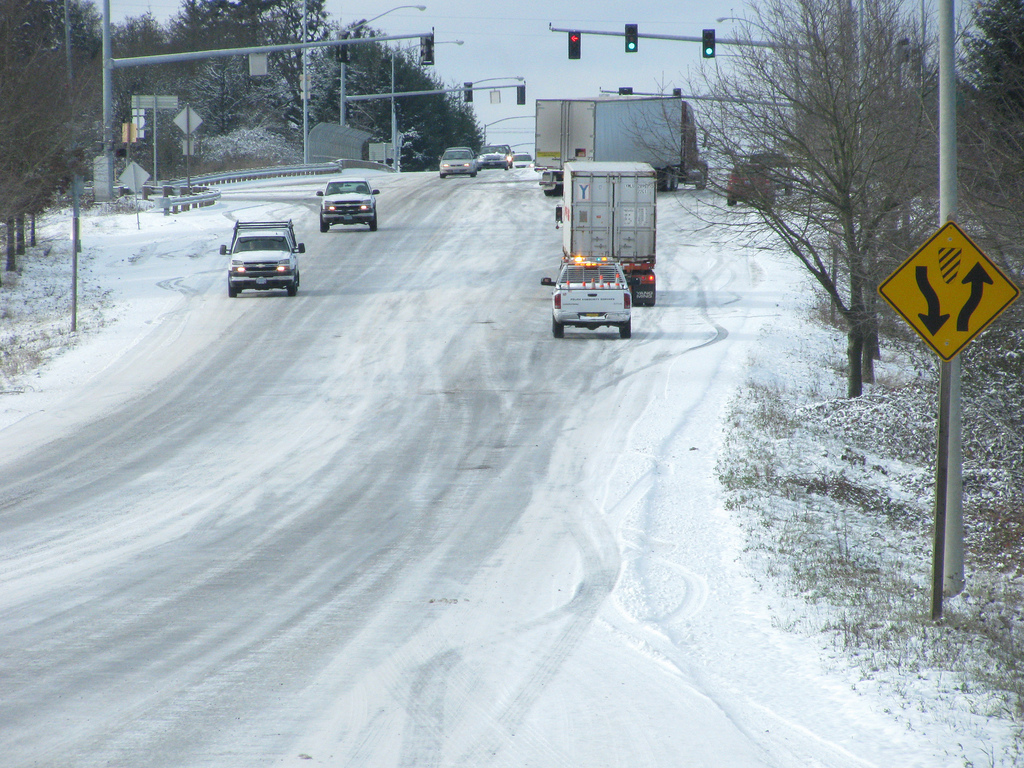Safety Tips for Driving in Wintery Weather
Believe it or not, winter is basically here and many areas of the country have already received their first snowfall of the season. Along with the snow, the cold winter weather also brings ice, slush, and other road hazards that can make it difficult to get around while driving. Just because the weather is bad does not mean the world stops, so knowing how to safely drive in winter weather is important for those times when you have no choice but to face the cold and drive to work, school or our to run errands.
The Right Tires Make All the Difference
The first tip of driving in winter is to make sure your vehicle is equipped with proper tires. Older, heavily used tires often have worn tread, which can make it nearly impossible for them to stick to the road when it is covered with snow or ice. Make sure the tread on all four of the vehicle’s tires is adequate. A good way to determine this is by using a penny – insert the penny into the treads of the tires and if you can see the top portion of Abraham Lincoln’s head, chances are you will need new tires for the winter season. If you choose to purchase winter specific tires, make sure that all four tires are the same since mounting special tires on just the front or rear of the vehicle can make it more prone to spinning out.
Know Your Brakes
Braking on wet roads can sometimes be very dangerous, so it is important to know what break features your vehicle has and how to use them properly in case of an emergency. Many newer model cars come with antilock braking systems or ABS as a standard feature which can be very helpful during slippery situations on the road. When you need to use your ABS, follow the “stomp, stay, steer” mentality – stomp on the brake as hard as you can, keep your foot pressed on the pedal and steer around an obstacle or away from dangers. It is important to remember that a little bit of steering in an emergency situation can go a long way, so be careful not to over steer yourself into more problems. This is something you may want to practice beforehand in an open area before needing to actually use in case of an emergency.
See and Be Seen
Driving snow can often cause many problems with visibility when driving, so it is important to also make sure your windshield wipers are in good condition and can clear the windshield effectively. Also, make sure your windshield wiper fluid tank is full and use a fluid that is meant for winter weather and can help to melt accumulated ice on the windshield to make clearing it easier. As important as it is for you to be able to see what is around you when driving in bad weather, it is also important to make sure that other vehicles can see you. Whenever there is precipitation or slow driving conditions, make sure to turn on your headlights so other drivers can easily identify you to help avoid any accidents or incidents.
Do you have a teen driver that can benefit from some extra Behind the Wheel Training? Give Training Wheels a call! We are a South Jersey driving school specializing in helping teen drivers become great drivers! For more information about Training Wheels, click here.
*Photo Courtesy of the Oregon Department of Transportation via Creative Commons License

